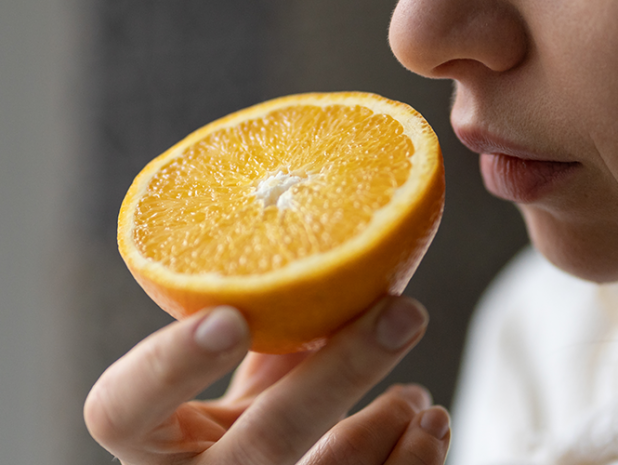
Breaking News
 Trump pardons Mets legend, 'Celebrity Apprentice' alum Darryl Strawberry over tax evasion co
Trump pardons Mets legend, 'Celebrity Apprentice' alum Darryl Strawberry over tax evasion co
 You WON'T BELIEVE How Much Money We're REALLY Sending To Israel!
You WON'T BELIEVE How Much Money We're REALLY Sending To Israel!
 China CANCELS U.S. Soybean Order?! Joel Salatin
China CANCELS U.S. Soybean Order?! Joel Salatin
 Ep 38 Jonathan Haidt: on The Anxious Generation: Childhood in Social Media Age & Fragile College ...
Ep 38 Jonathan Haidt: on The Anxious Generation: Childhood in Social Media Age & Fragile College ...
Top Tech News
 HUGE 32kWh LiFePO4 DIY Battery w/ 628Ah Cells! 90 Minute Build
HUGE 32kWh LiFePO4 DIY Battery w/ 628Ah Cells! 90 Minute Build
 What Has Bitcoin Become 17 Years After Satoshi Nakamoto Published The Whitepaper?
What Has Bitcoin Become 17 Years After Satoshi Nakamoto Published The Whitepaper?
 Japan just injected artificial blood into a human. No blood type needed. No refrigeration.
Japan just injected artificial blood into a human. No blood type needed. No refrigeration.
 The 6 Best LLM Tools To Run Models Locally
The 6 Best LLM Tools To Run Models Locally
 Testing My First Sodium-Ion Solar Battery
Testing My First Sodium-Ion Solar Battery
 A man once paralyzed from the waist down now stands on his own, not with machines or wires,...
A man once paralyzed from the waist down now stands on his own, not with machines or wires,...
 Review: Thumb-sized thermal camera turns your phone into a smart tool
Review: Thumb-sized thermal camera turns your phone into a smart tool
 Army To Bring Nuclear Microreactors To Its Bases By 2028
Army To Bring Nuclear Microreactors To Its Bases By 2028
 Nissan Says It's On Track For Solid-State Batteries That Double EV Range By 2028
Nissan Says It's On Track For Solid-State Batteries That Double EV Range By 2028
New 10 Minute Treatment Restores Sense of Smell and Taste in Patients with COVID Parosmia

While most COVID patients did recover their sense of smell over time, some patients however continue to have these symptoms for months, or even years, after infection.
Lead author professor Adam Zoga said that post-COVID parosmia is increasingly being recognized, and that patients can develop distaste for foods or drinks they used to enjoy.
"Parosmia has previously been reported as a rare disorder occurring after brain trauma, brain surgery, stroke, viral syndromes, and with some head and neck tumors," said Zoga. "We were not entirely confident that the procedure would work for parosmia."
The treatment involves injecting anesthetic directly into the stellate ganglion on one side of the neck to stimulate the autonomic nervous system, which is accurately achieved with CT guidance.
The minimally invasive procedure takes less than 10 minutes, and no sedation is necessary. It's been used to treat several other conditions including cluster headaches, phantom limb pain, Raynaud's and Meniere's syndromes, angina, and cardiac arrhythmia.
For the study, 54 patients were referred by an ear, nose, and throat specialist after at least six months of post-COVID parosmia that was resistant to pharmaceutical and topical therapies.
The researchers added a small dose of corticosteroid to the anesthetic, suspecting that the COVID virus may be causing nerve inflammation.

 Carbon based computers that run on iron
Carbon based computers that run on iron

